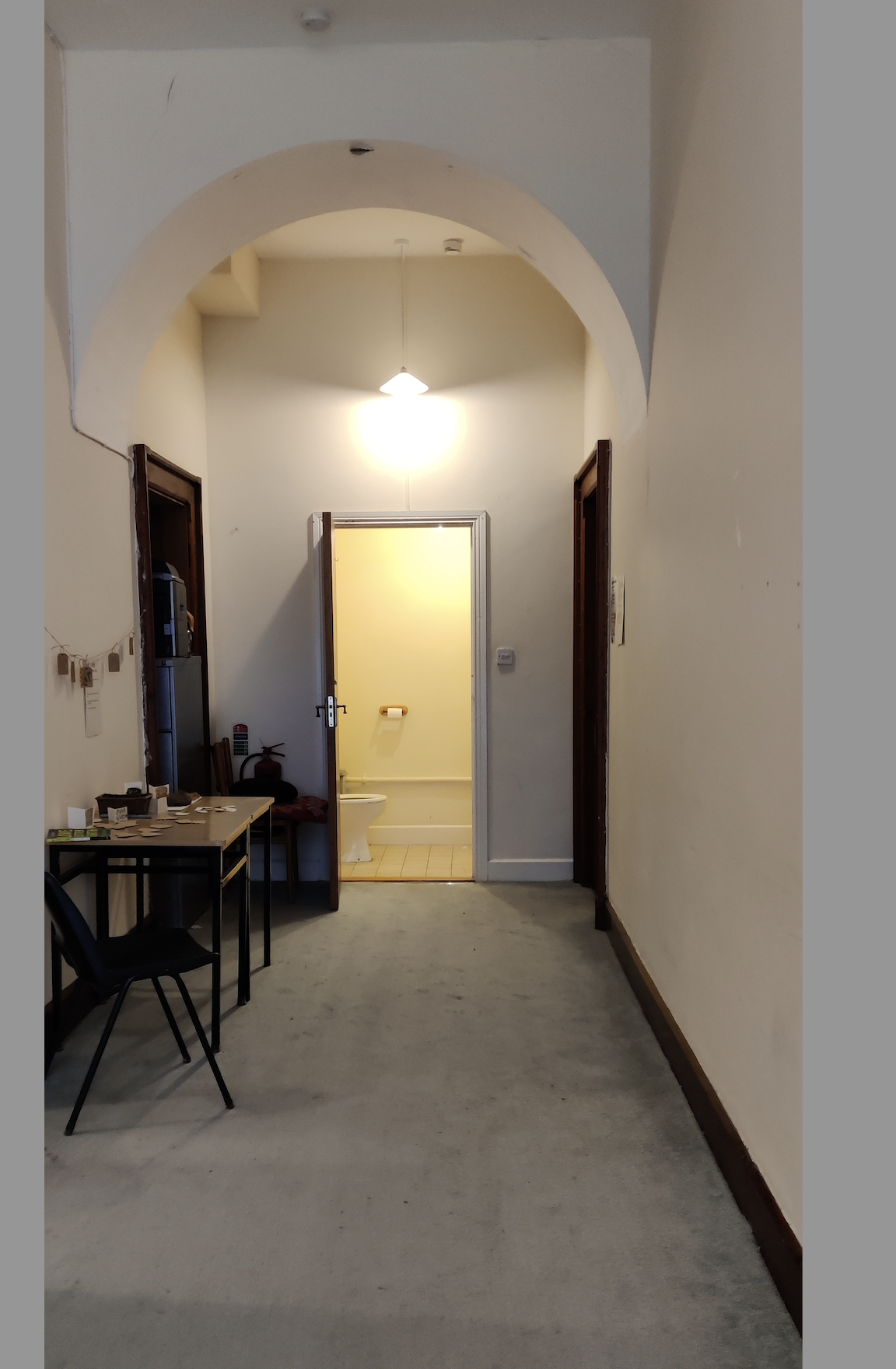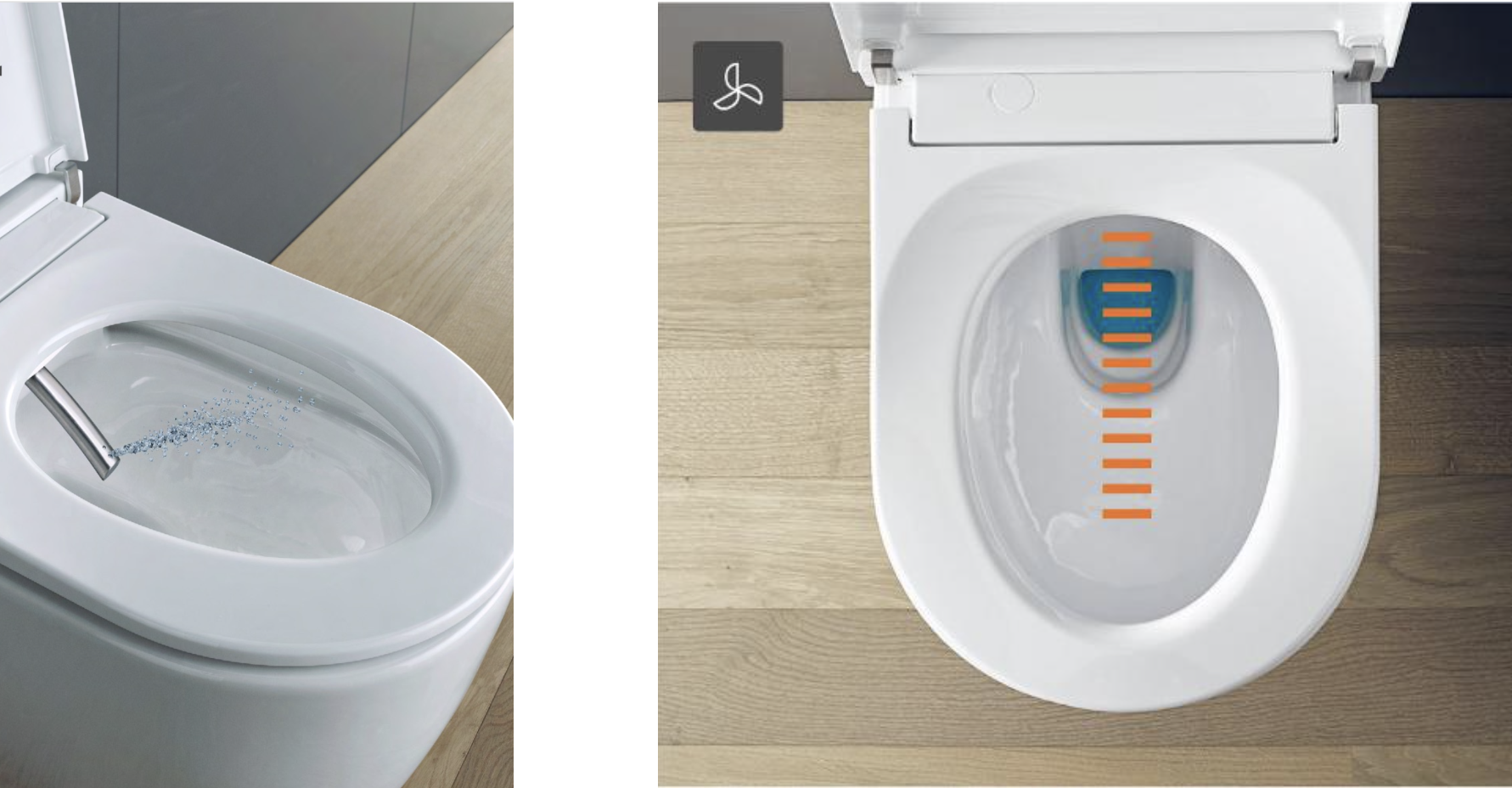Services
Without services, a building is merely a shelter. The services are the beating heart and lungs of a building. At groundworks stage, pipework and utilities are laid - sewerage system, water supply, electricity, data. When the structure is in place, ‘first fix’ happens. This is the distribution of the service - think water to bathrooms and kitchen, electrical wiring, heating pipes. ‘Second fix’ is towards the end of the build , and is the terminal of the service - that could be a radiator, light fitting, bath taps, toilet bowl.
So why are we discussing toilets?
After a water supply, it’s probably the next most important thing in the house. You’d survive without electricity for a while (think of blackouts, when there’s just a fire and candles). But moving into a house with no bathroom is generally a deal breaker. You could improvise if you had to, but it wouldn’t be a long term solution. Marie Antoinette’s ‘Petit Trianon’, her ‘little cottage’, has large, stately rooms - but no bathrooms. Party guests would remove themselves to the bushes around the cottage. Imagine negotiating that area in the dark, not being able to see where they were stepping. Ew.
The Water Closet

As toilets came into use, they were in an outside building. Well ventilated, but cold. Give some thought to the position in the house of the bathroom or WC. Building regulations state that a room with a toilet has to have a lobby before opening onto a kitchen, study, sitting room etc. But it can open directly onto circulation and ancillary spaces, such as a utility or laundry. Good positions are away from the front door, maybe tucked under a stairs, or off a utility.
Privacy, please!
Next, think about the position of the toilet in the room itself. The classic is the toilet aligned with the front door at the end of a long corridor. “Hello Honey, I’m home!” It’s better if the toilet is positioned so it can’t be seen with the door open. And if the door can swing so that it hides the toilet, this gives a bit more privacy for anyone sitting on it.

Star Ship Enterprise - clean lines
In choosing a style of WC, clean lines are the first thing to look out for, that hide pipework, and eliminate nooks and crannies that are difficult to clean. Older style WCs have visible waste pipes and a cistern, that is connected by a pipe to the bowl - all tricky to clean. New ones continue the ceramic of the bowl to meet the wall behind, and are ‘close coupled’, where the cistern connection is hidden. Concealed cisterns give cleaner lines again, and we always use them in our houses. A purpose-made frame is built against the wall, or within the depth of the wall. This holds the cistern, which is accessed from the flush plate to the front. The frame is strong enough to hold a human on a WC bowl! It can either be floor standing, or wall hung. The wall in front is then finished in a material such as tile or stone. Nice, clean lines, and easy to mop the floor all around.

Wash versus Wipe
If we got human faeces on our skin, we’d never think that wiping it off with paper would be sufficient, would we? Welcome to ‘Bidet’ or ‘Shower toilets’. A water source within the toilet bowl gently sprays upwards, with a hand-held control panel. Hold any reservations, and think of who could benefit. Toddlers potty training; anyone with incontinence; women (that’s a big category!); breaking both wrists (it happens). I’m sure you can think of other categories.
An alternative, used in many countries, is to have a hand-held shower beside the WC. It requires a bit more dexterity to not shoot water up your back. And you’ll often see a outlet in the floor for potential water spills. And then there’s the bottle of water approach. But I could go down a rabbit hole here...

Takeaway
They may be hidden away, but the WCs in your house need to be considered. Visibility, privacy, style, ease of cleaning, access for everyone. You interact with them daily, so please give them the attention they deserve.


.png)